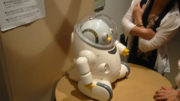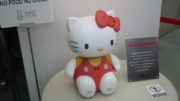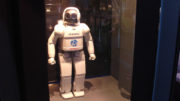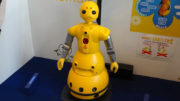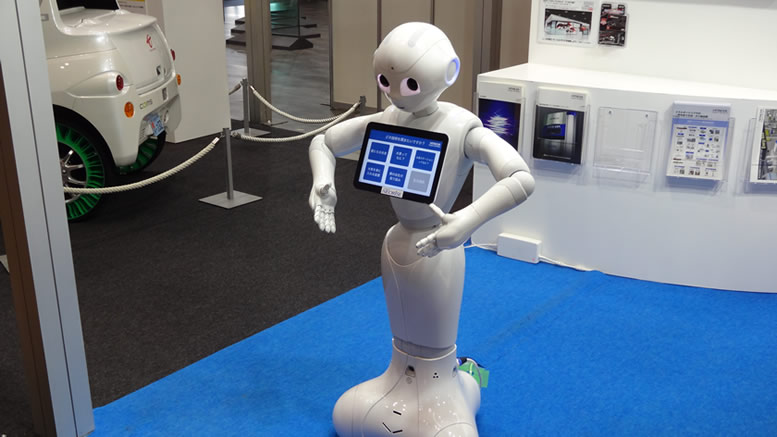 In the rapidly advancing world of robotics, few creations have captured the public’s imagination quite like Pepper, the humanoid robot developed by SoftBank Robotics. Introduced in 2014, Pepper is more than just a machine; it’s a companion, a helper, and a symbol of how technology can be used to enhance human interactions.
In the rapidly advancing world of robotics, few creations have captured the public’s imagination quite like Pepper, the humanoid robot developed by SoftBank Robotics. Introduced in 2014, Pepper is more than just a machine; it’s a companion, a helper, and a symbol of how technology can be used to enhance human interactions.
Pepper was designed with a specific purpose in mind: to understand and respond to human emotions. Unlike many robots that are built purely for functional tasks, Pepper was created to interact with people in a more personal and intuitive way. Its developers envisioned a robot that could serve as a companion, making everyday interactions more engaging and enjoyable.
Pepper’s unique design is intended to be friendly and approachable. Standing at about 1.2 metres tall, with a tablet on its chest and large expressive eyes, Pepper has an almost childlike appearance. This design helps to break down barriers between humans and machines, making it easier for people to accept and interact with the robot.
At the heart of Pepper’s capabilities is its advanced emotion recognition software. Using cameras, sensors, and microphones, Pepper can detect and interpret human facial expressions, body language, and tone of voice. This information is processed in real-time, allowing Pepper to respond appropriately to the emotions it perceives. For instance, if someone appears sad, Pepper might offer comforting words or suggest a cheerful activity.
Pepper’s ability to engage in conversation is another of its standout features. It is equipped with natural language processing capabilities, allowing it to understand and respond to questions and commands in multiple languages. This makes Pepper an ideal companion for diverse settings, from retail environments to healthcare facilities.
The robot’s tablet also serves as an interactive interface, displaying information, providing entertainment, or assisting with tasks such as shopping or navigating a building. This combination of verbal and visual communication helps Pepper connect with people on multiple levels, enhancing the overall experience.
Since its introduction, Pepper has been deployed in various settings, showcasing its versatility and appeal. In retail, Pepper is often used as a greeter, guiding customers, answering questions, and even assisting with product recommendations. Its ability to engage customers in a friendly and informative manner has proven to be an effective way to enhance the shopping experience.
In the healthcare sector, Pepper has been used in hospitals and care homes to provide companionship and support to patients. It can entertain with games and quizzes, remind patients to take their medication, and even lead exercise routines. For elderly patients, especially those with limited mobility or cognitive challenges, Pepper offers a unique blend of entertainment and care, helping to alleviate feelings of loneliness and isolation.
Pepper has also found a place in education, where it is used to teach students about robotics, coding, and artificial intelligence. Its interactive nature makes learning fun and accessible, sparking curiosity and creativity in young minds.
Despite Pepper’s initial success and widespread deployment, production of the robot was halted in 2021 due to weak demand. Over 27,000 units of Pepper were produced, marking an impressive run for the humanoid robot. However, SoftBank Robotics has since shifted its focus away from humanoid robots, turning its attention to more functional robotics applications such as cleaning and tray delivery robots.
This pivot reflects a broader trend in the robotics industry, where the emphasis is increasingly on practical solutions that can be deployed in various commercial and industrial settings. While humanoid robots like Pepper captured the public’s imagination, the demand for robots that perform specific tasks more efficiently has grown.

